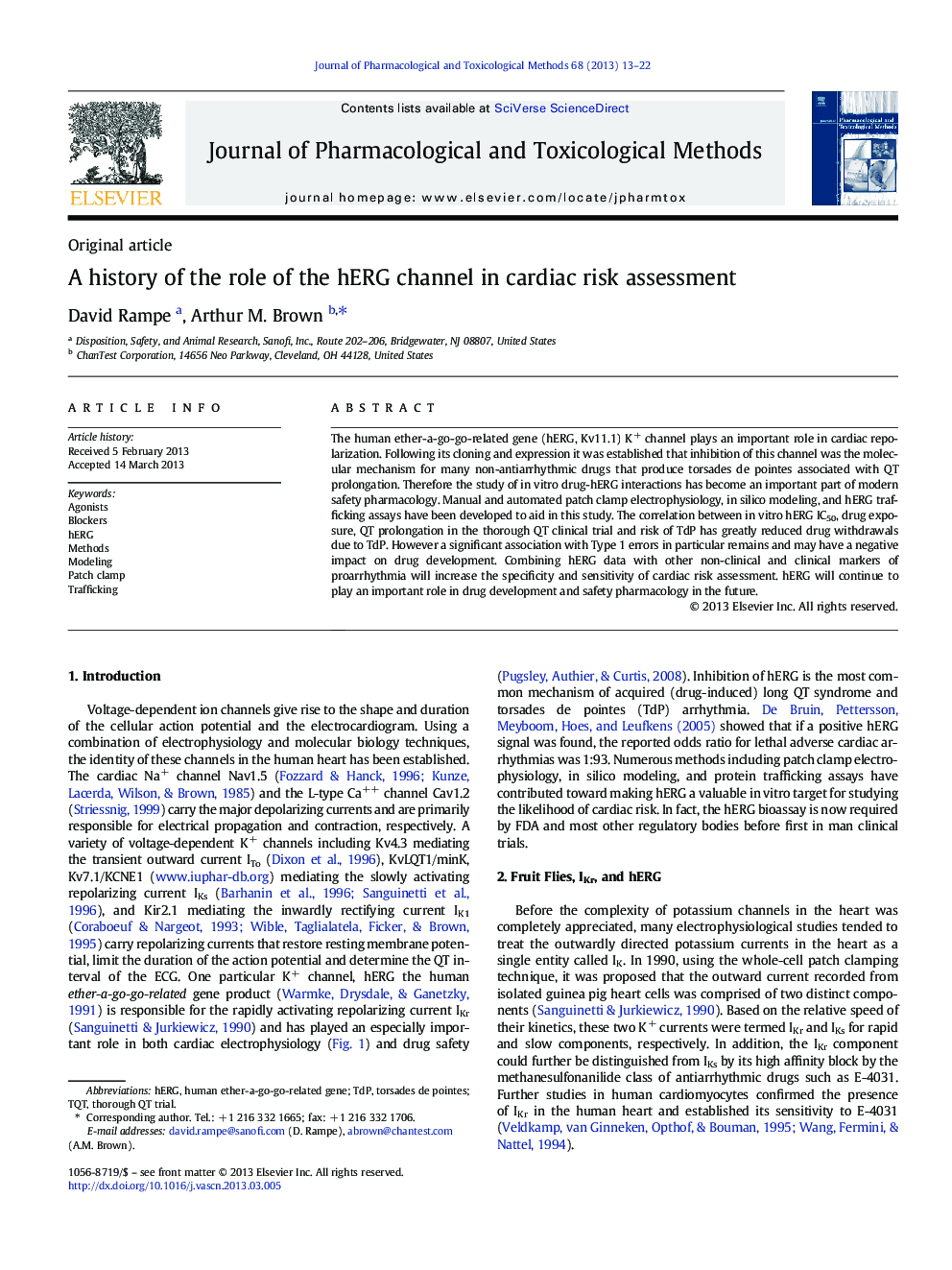| Article ID | Journal | Published Year | Pages | File Type |
|---|---|---|---|---|
| 5841015 | Journal of Pharmacological and Toxicological Methods | 2013 | 10 Pages |
Abstract
The human ether-a-go-go-related gene (hERG, Kv11.1) K+ channel plays an important role in cardiac repolarization. Following its cloning and expression it was established that inhibition of this channel was the molecular mechanism for many non-antiarrhythmic drugs that produce torsades de pointes associated with QT prolongation. Therefore the study of in vitro drug-hERG interactions has become an important part of modern safety pharmacology. Manual and automated patch clamp electrophysiology, in silico modeling, and hERG trafficking assays have been developed to aid in this study. The correlation between in vitro hERG IC50, drug exposure, QT prolongation in the thorough QT clinical trial and risk of TdP has greatly reduced drug withdrawals due to TdP. However a significant association with Type 1 errors in particular remains and may have a negative impact on drug development. Combining hERG data with other non-clinical and clinical markers of proarrhythmia will increase the specificity and sensitivity of cardiac risk assessment. hERG will continue to play an important role in drug development and safety pharmacology in the future.
Keywords
Related Topics
Health Sciences
Pharmacology, Toxicology and Pharmaceutical Science
Pharmacology
Authors
David Rampe, Arthur M. Brown,
